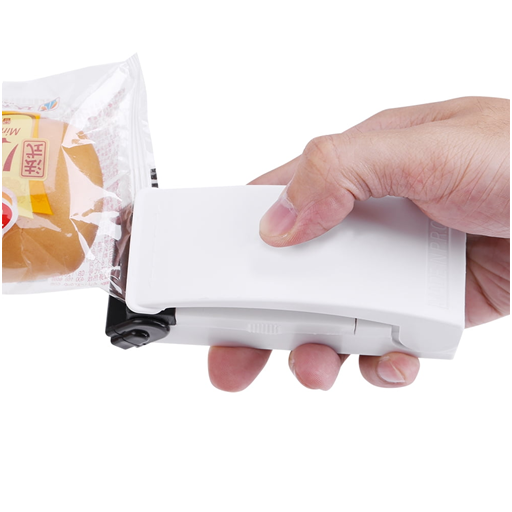The stand mixer embodies efficiency and adaptability in contemporary kitchens, providing a seamless solution for blending, kneading, and mixing ingredients with meticulous precision. This article delves into the historical roots, functionalities, and enduring allure of stand mixers in today’s culinary practices.
Origins and Evolution:
The concept of mechanized mixing finds its origins in the 19th century, with early manual devices crafted for commercial bakeries. However, it was the advent of the electric stand mixer in the early 20th century that transformed home baking. Originally rudimentary in design and function, stand mixers have since evolved, integrating powerful motors, diverse attachments, and advanced features to cater to the diverse needs of home chefs and culinary professionals.
Functionality and Operation:
Fundamentally, a stand mixer simplifies the blending and kneading process by utilizing a stationary base with a motor-driven mechanism to rotate the mixing bowl and attachments. These attachments, ranging from beaters to dough hooks and wire whisks, facilitate various culinary tasks, from whipping cream to kneading dough. With multiple speed settings and precise controls, stand mixers ensure consistent results and offer versatility in food preparation.
Convenience and Efficiency:
A standout benefit of stand mixers lies in their convenience and efficiency. Unlike handheld mixers or manual methods, stand mixers allow for hands-free mixing, freeing up users to attend to other kitchen tasks while ingredients are being combined. Moreover, stand mixers handle large batches of dough or batter effortlessly, making them indispensable for baking enthusiasts and home cooks catering to large gatherings.
Versatility and Customization:
Stand mixers boast a plethora of attachments and accessories that amplify their versatility and customization options. From pasta rollers to food grinders and ice cream makers, these attachments enable users to explore a multitude of culinary creations beyond mere mixing and kneading.Additionally, stand mixer models often feature interchangeable bowls and design options, ensuring adaptability to individual preferences and kitchen setups.

Durability and Longevity:
Notably, stand mixers are renowned for their durability and longevity. Crafted from premium materials like stainless steel and die-cast metal, stand mixers withstand heavy use and frequent operation without compromising performance. With proper maintenance, stand mixers can endure for years, making them invaluable investments for culinary enthusiasts and professionals alike.
Conclusion:
In summary, the stand mixer has earned its place as an indispensable asset in modern kitchens, revolutionizing culinary practices with its efficiency, precision, and versatility. From its humble beginnings to its current status as a multifunctional powerhouse, the stand mixer continues to inspire creativity and elevate cooking and baking endeavors. With its convenience, efficiency, versatility, and durability, the stand mixer remains an indispensable ally for those striving for culinary excellence in their culinary pursuits.




![Snapchat Spectacles (5th Gen) [Top Features Unveiled] [2024] Snapchat Spectacles](https://barefootclimb.com/wp-content/uploads/2024/10/Snapchat-Spectacles-150x150.jpg)






